Recover Uranium from Water by Countercurrent Ion Exchange
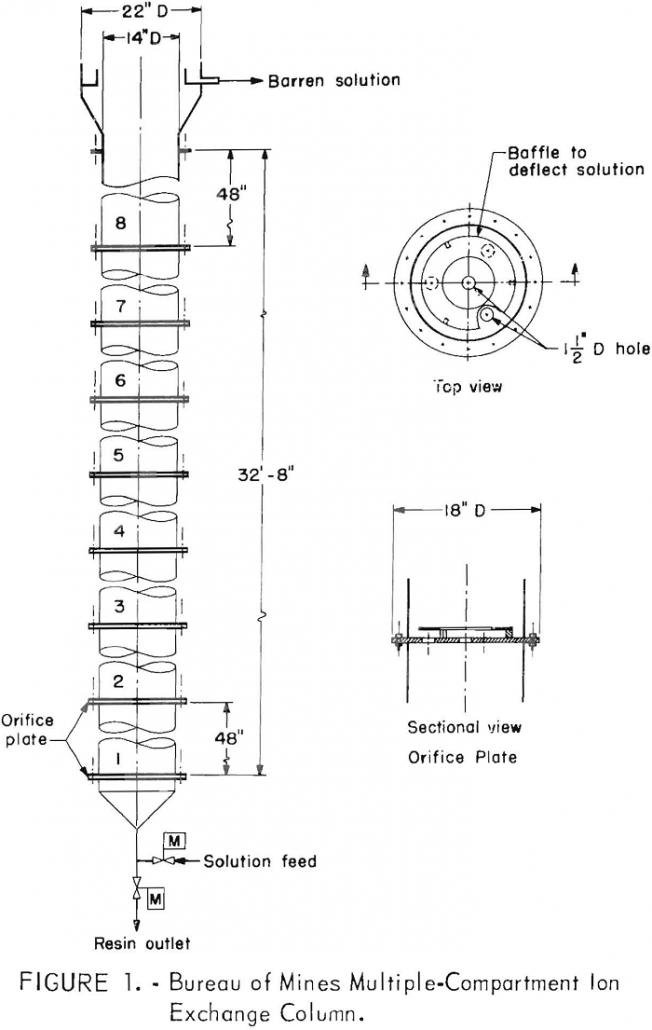
Ion exchange techniques have been used to recover uranium from waters pumped from uranium mines in the Ambrosia Lake district of New Mexico since about 1963. More recently., the natural flow of mine water and the recovery of uranium have been augmented by routinely spraying abandoned areas of the mine with barren solution from the […]
How to Sample Gold Lode Deposits
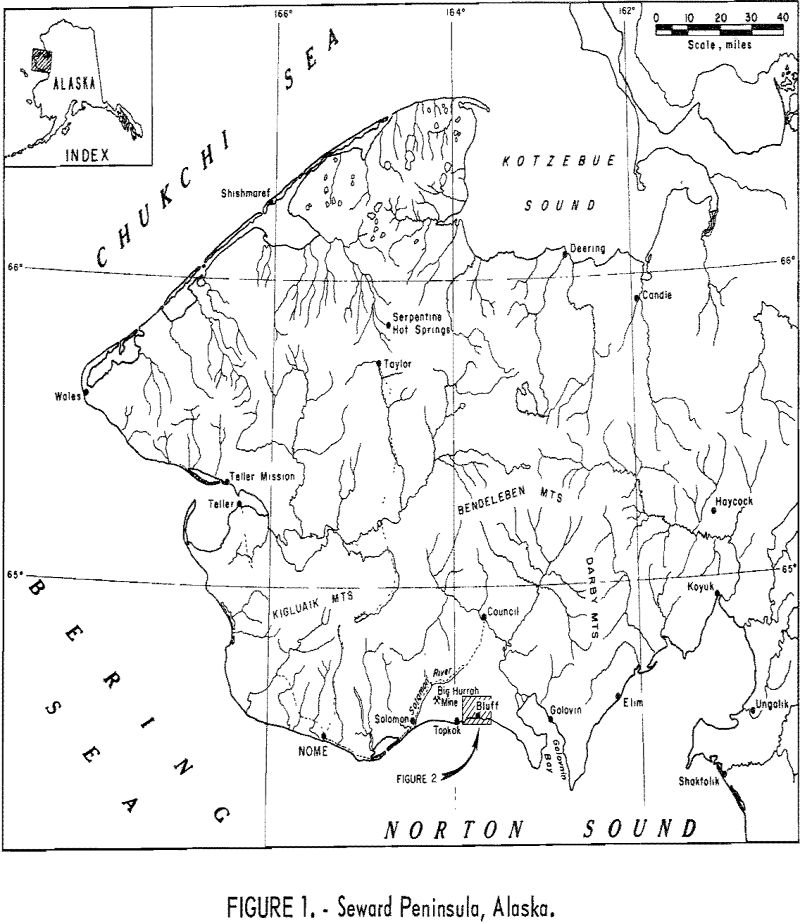
Placer and lode gold deposits near Bluff, Seward Peninsula, Alaska (fig. 1), were investigated during July and August 1966. The primary objective of this Bureau of Mines investigation was to sample a typical gold lode deposit as a basis for estimating the potential economic value of the lode sources of the productive Seward Peninsula gold […]
Sphalerite Leaching Kinetic
During roast, virtually all the iron in the concentrate feed is converted into zinc ferrite which remains almost inert in the neutral-leach stage. In order to recover zinc incorporated in ZnO·Fe2O3, a follow-up treatment of the leach residue is required. Ferric chloride is one of the ideal agent for the direct leaching of sphalerite. But […]
Heavy Liquid Separation
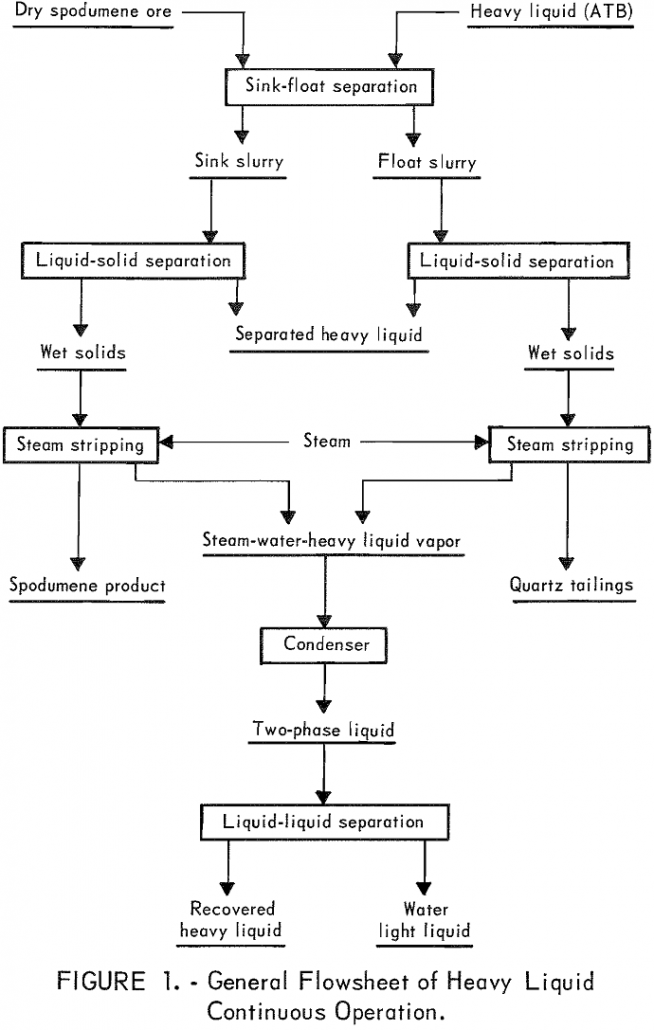
We are continuously engaged in research activities to develop or improve methods of utilizing our mineral resources. One such method, heavy liquid separation (HLS), has long been a recognized laboratory technique to separate minerals but only in recent years has this method been considered as a continuous process. The best prospects appear to be the […]
Effect of Ammonia in Cyanide Solution during Copper Leaching

Under the conditions evaluated in this investigation, the extraction of copper from an argillaceous ore was not affected by the addition of ammonia to a cyanide solvent but was entirely dependent on the cyanide concentration. A number of investigators have evaluated cyanide complexes as catalysts for the cyanidation of gold and silver ores. However, cyanide […]
How to make Bricks from Mill Tailings
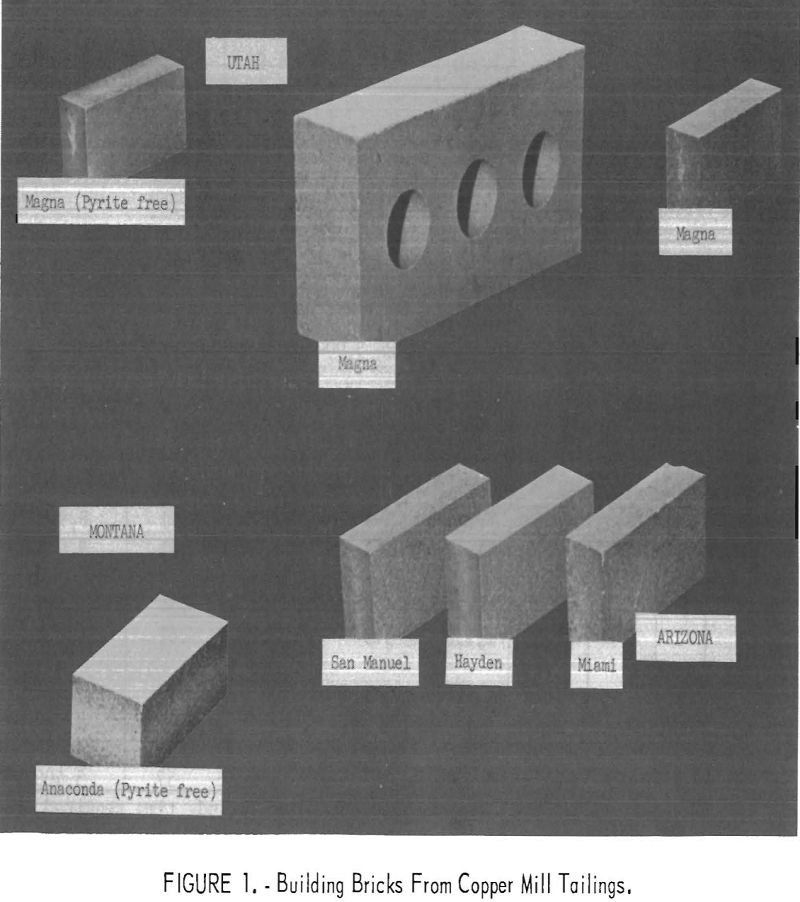
Most of the primary copper produced in the United States is derived from porphyry-type ore deposits located in Arizona, Montana, Nevada, New Mexico, and Utah (Intermountain States). In milling these low-grade ores to produce a smelting-grade concentrate, enormous tonnages of finely ground tailings are discarded. The vast accumulation of these wastes from past operations and […]
Produce Convert & Make Copper Powder from Copper Cement
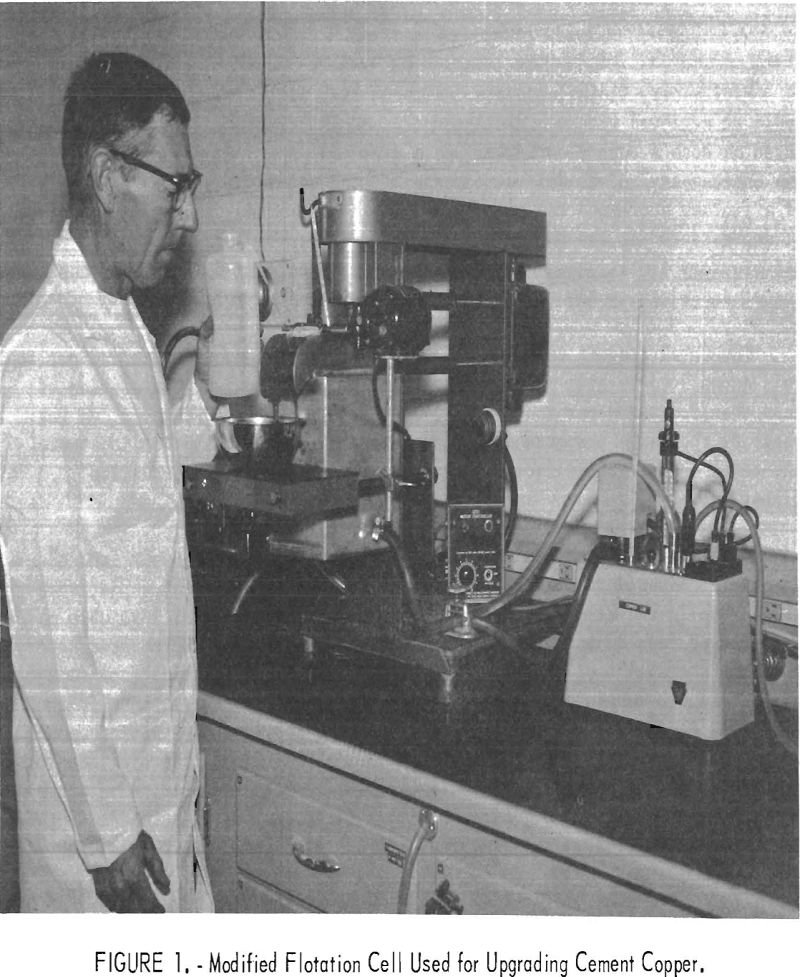
Production of cement copper in the United States has been increasing during the past few years principally because more mine waste from open pit operations is being leached. During 1969 about 220,000 tons, or approximately 14 percent, of the Nation’s production of new copper was from leaching operations. The mine waste is leached with acid-ferric […]
How to Leach Copper Scrap
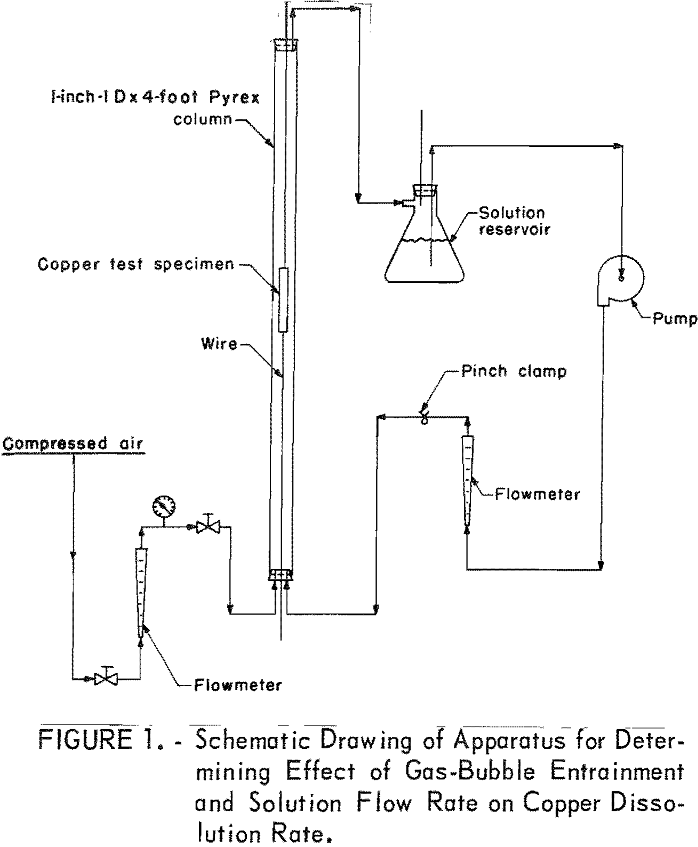
The starters, generators, and alternators recovered in scrapping up to 7 million junk automobiles annually are a significant source of recyclable copper. At present, the copper is recovered by leaching procedures or by dismantling the devices. As part of a broad research program on recycling the metals in junk automobiles, the Bureau of Mines has […]
High Pressure Water Jet to Cut Concrete
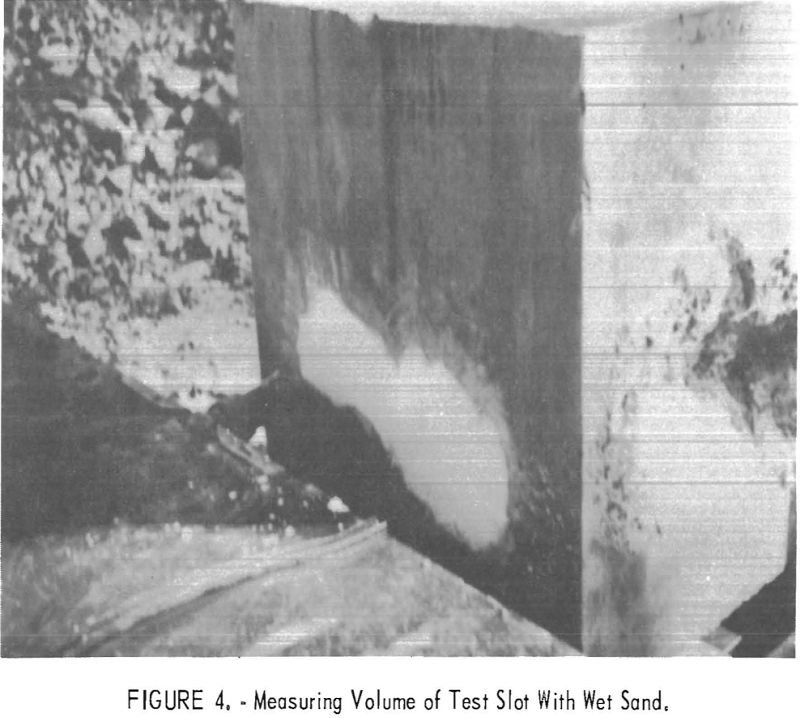
Where water is abundant, hydraulic mining of placer deposits is usually the least expensive extraction system. In the past, large volumes of water were required, and pressures rarely exceeded 100 psi. The system fell into disfavor because of the excessive amount of silt and debris returned to streams. With the development of more efficient pumps […]
Extract Silicate Rocks’ Oxygen by Electrowinning
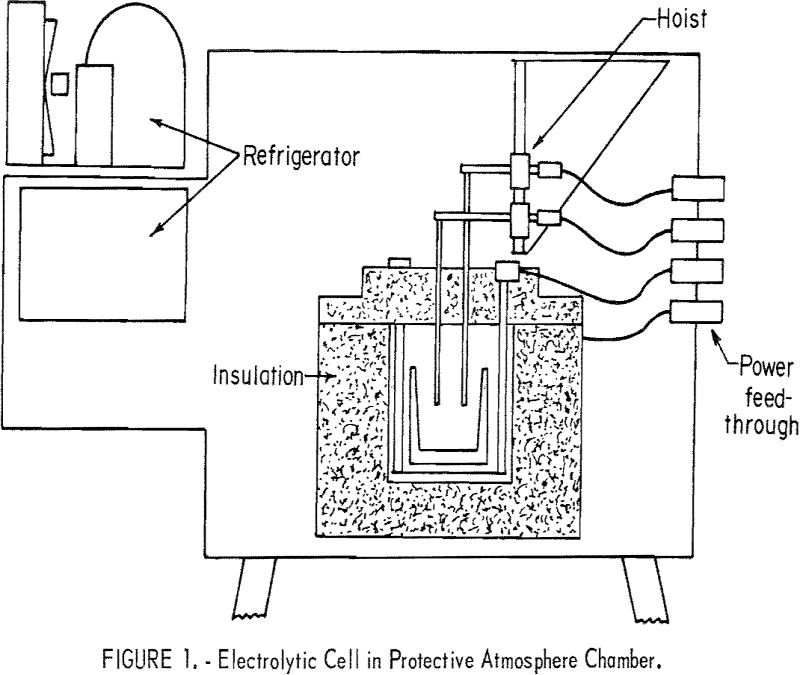
In recent years, Bureau of Mines projects under the sponsorship of the National Aeronautics and Space Administration (NASA) have explored various aspects of the problems associated with establishing habitable stations on the Moon. The rapid advances in space technology, and particularly the success of the Apollo missions, indicate it is within reason to envision lunar […]
